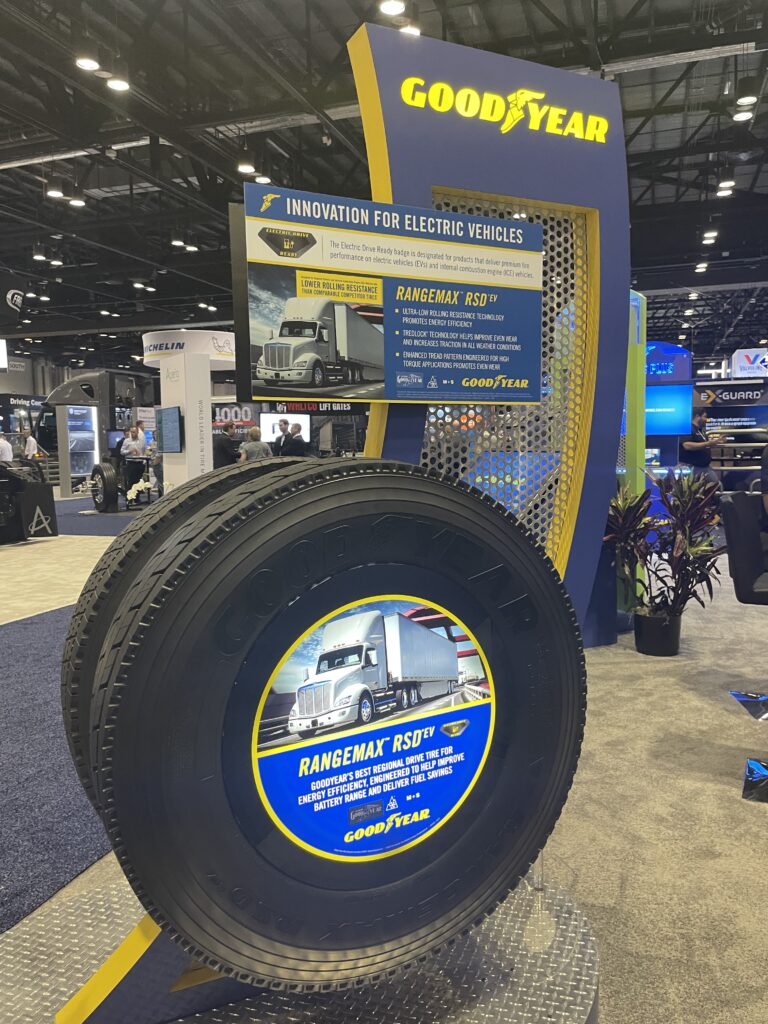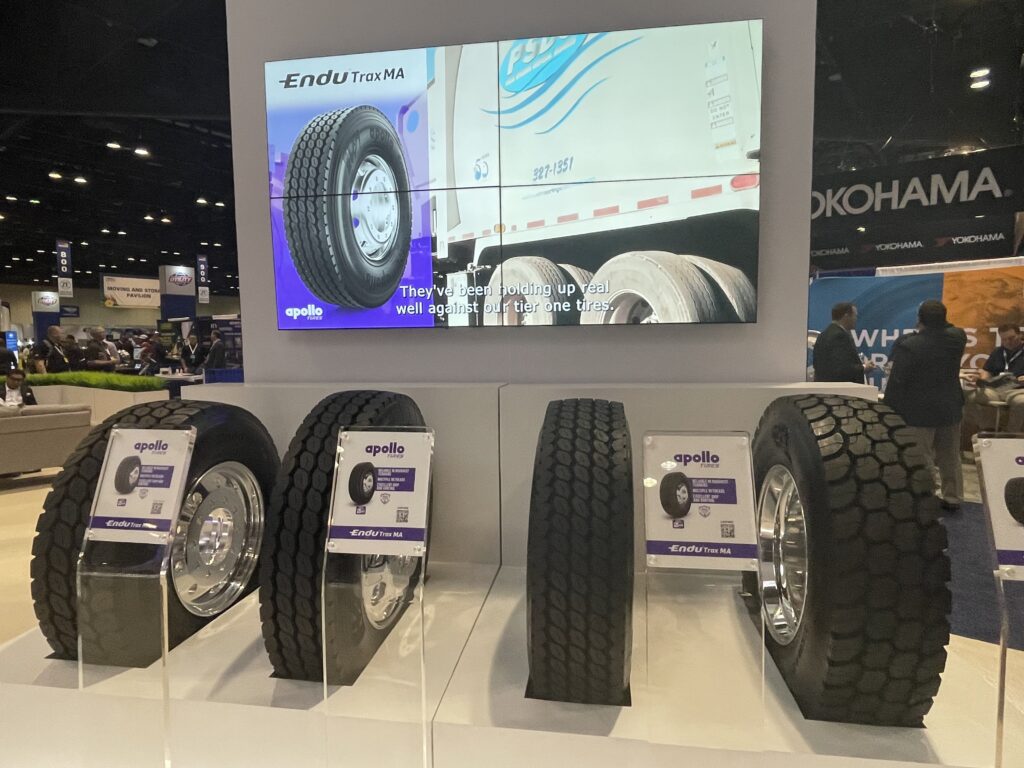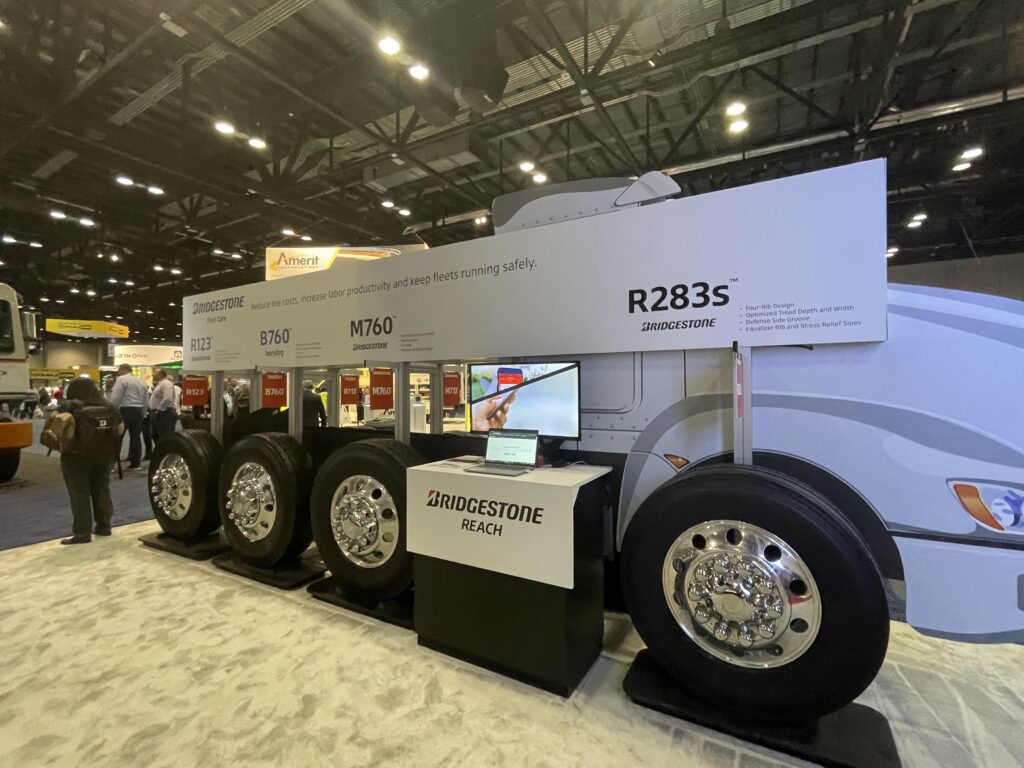What's in a tire ? You may be surprised.
Tire manufacturers are developing the next generation of sustainable tires
Rice, pine, fatty acid, oil – sounds like the start of a weight-loss recipe. But no, it’s what goes into the next generation of sustainable tires. New tires are being developed by all major manufacturers to meet the changing transportation needs, and to meet environmental goals.

And that’s a good thing. According to the U.S. Tire Manufacturers Association (USTMA), in 2021, there were 274 million tires scrapped in the US alone, totaling about 5 million tons of scrap tires. In number, 12% of tires were heavy-duty [1] Heavy-duty tires weigh about 5 times that of light-duty, so that on a weight-basis, they account for ~ 30% of the scrap.
As for disposing the tires, about 70% of these tires were re-used, another 15% were landfilled. About a third of the tires disposed were used as “tire derived fuels” – that is the tires are burned to unlock the stored energy, which according to the EPA [2], can have 25% more energy than coal. The fuel is used in cement kilns, paper and pulp industry and electric utilities. However, with industry switching to natural gas, the use of TDFs is on the decline. Another third of the scrap tires is used as “ground rubber” (pavements with rubber additives), a segment that is growing.
However, scrap tire consumption is these end markets is not keeping pace with the scrap generation, which is increasing each year. In 2013, 96% of scrapped tires were consumed, in 2021 that number is reduced to 71%.
Pollution due to tire wear
There’s another reason to improve tires. Recent studies highlight that particulate emissions from tires and brakes far exceed those from the tailpipe. The latest Euro 7 emissions proposal has a placeholder for particle number limits on these non-tailpipe emissions. This is partly a recognition of the tremendous improvements already made in engine and emissions control technologies which have reduced tailpipe emissions to near-zero levels.
According to independent testing done by UK-based EmissionsAnalytics, particulate emissions from tires are orders of magnitude higher than that from modern vehicle tailpipes (which are especially clean following the adoption of filters).
The particle emissions are directly related to the loss of tread that we all experience – tires lose up to 30% tread over their lifetime – and the worn material enters the environment. According to studies done at Oregon State University, “Small particles from tires inhibited the growth and caused adverse behavioral changes in organisms found in freshwater and coastal estuary ecosystems”.
All of this is especially important as we continue to transition the fleet to electric vehicles. A Michelin executive recently commented that conventional tires on an electric vehicle could wear out 20% faster than on internal combustion engine powered vehicles. Electric vehicles weigh more than their ICE counterparts due to the battery pack, and this increased weight is borne by the tires leading to faster wear.
And when it comes to heavy-duty vehicles, that increased wear directly ties to the transport costs. On a panel discussion at the 2022 SAE COMVEC conference, an executive from a major fleet owner commented that the increased cost due to replacing tires more frequently on heavy-duty electric trucks negates any their cost-of-ownership benefits.
5-Min Monthly
Sign-up to receive newsletter via email
Thank you!
You have successfully joined our subscriber list.




